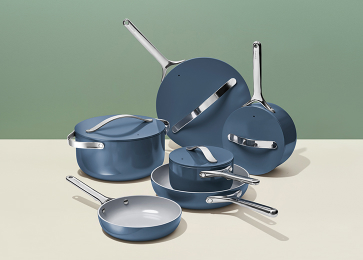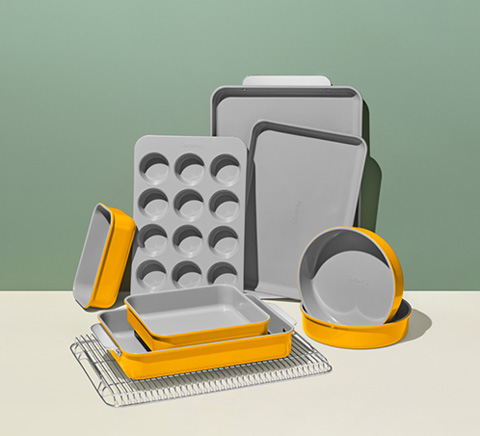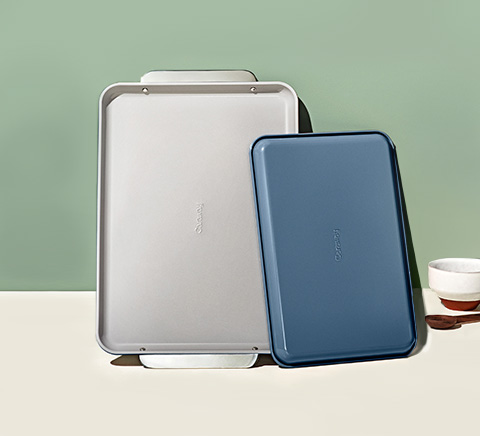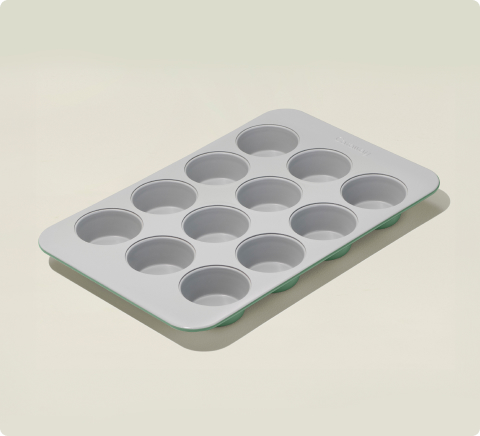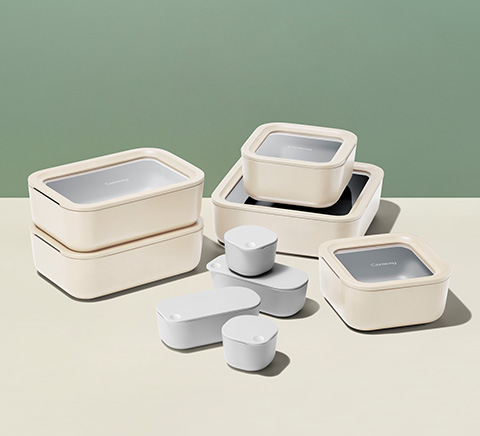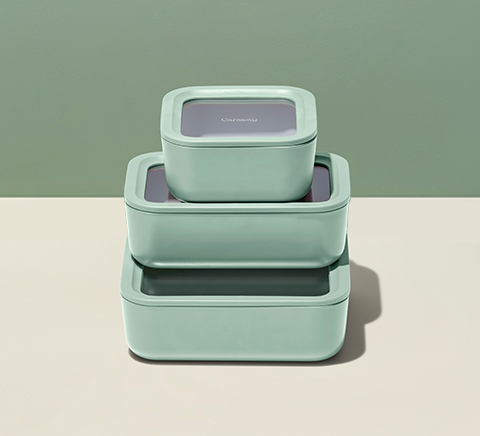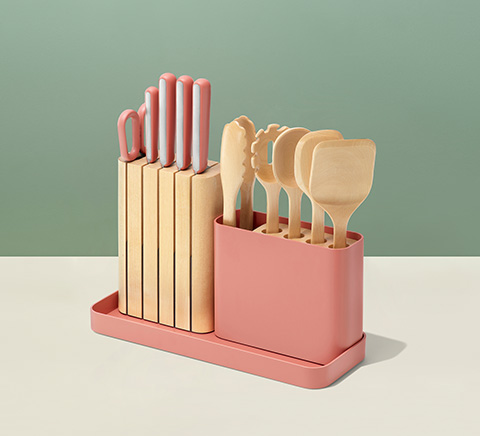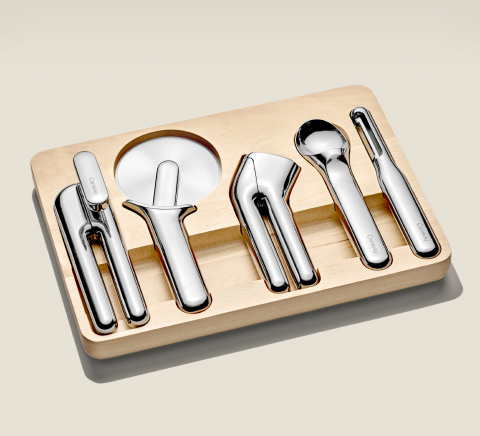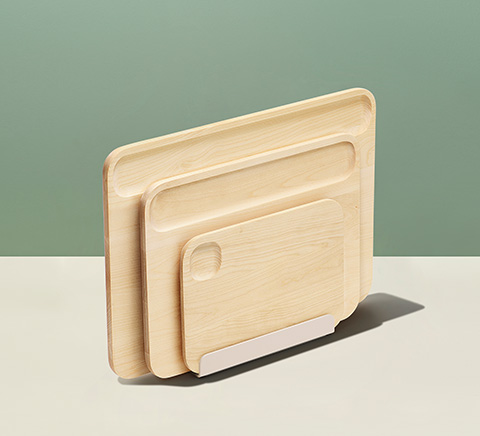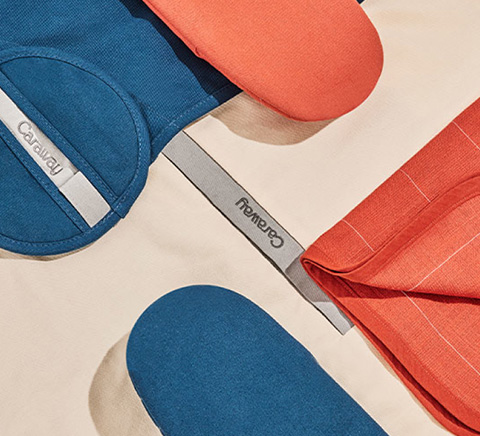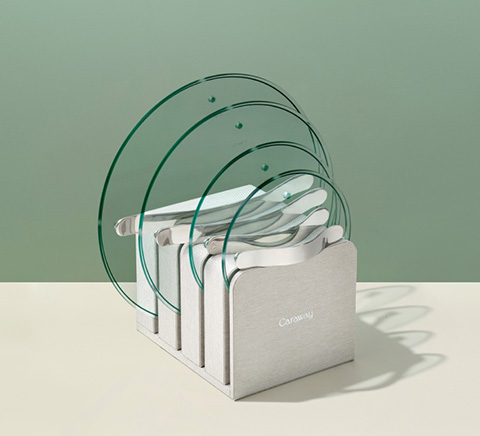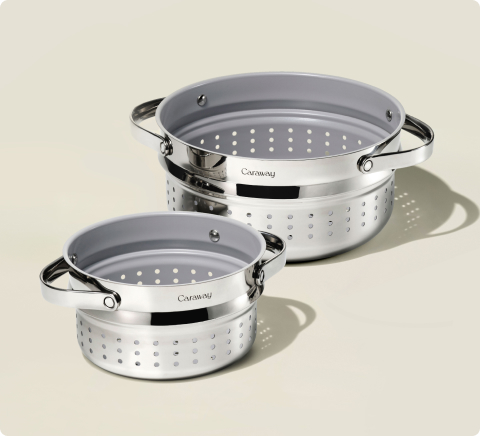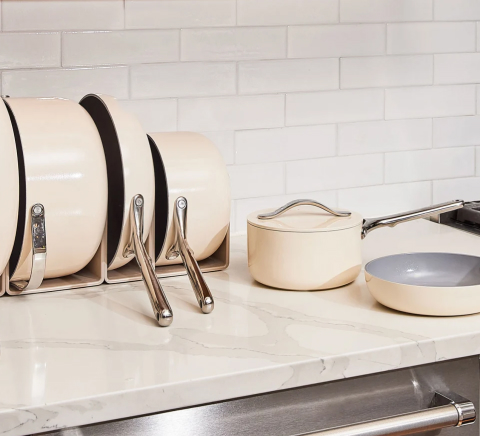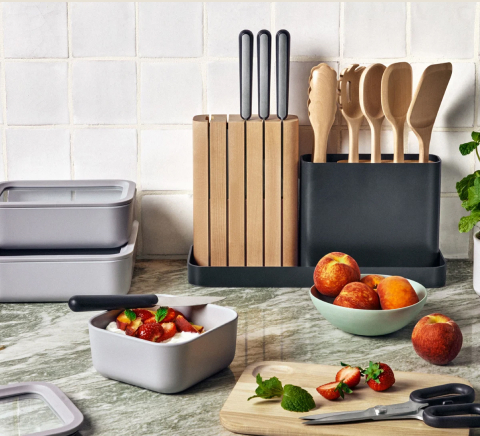Ever faced the frustration of cooking the perfect egg only for it to cling desperately to the pan? Stainless steel cookware—known for its durability and even heat distribution—often presents a common kitchen conundrum: food sticking to its surface.
How To Have a Nonstick Experience With Stainless Steel?
But what if you could turn your stainless steel pans into non-stick marvels, making clean-up a breeze and keeping your meals beautifully intact? This guide will show you how to transform your cooking experience while keeping it non-stick.

Why Do Foods Stick to Stainless Steel?
At a microscopic level, stainless steel isn't as smooth as it looks. Its surface is filled with tiny pores and ridges, creating the perfect environment for food particles to latch onto.
When food hits an unprepared pan, proteins bond to the metal in a process called “sticking.” This is exacerbated when the pan isn't heated correctly or when insufficient oil is used.
How To Properly Prepare the Pan
Stainless steel can be non-stick every time, as long as you perform the right steps before you start cooking. If you’re looking to enjoy a stick-free cooking experience, here is what you’ll need to do first:
- Clean the Pan
Before you do anything, ensure your pan is clean enough to eat off. This step is more than just an exercise in culinary hygiene, as any leftover food particles could interfere with your efforts to make your pan non-stick.
Take a moment to gently wash your pan in warm, soapy water to ensure any leftover residue or debris is completely removed. After you’re done, rinse the pan, dry it off, and give it a little time to reach room temperature.
- Heat the Pan
When the pan is cleaned and ready, place it on the stove and set the heat to medium-high. Give the pan a few minutes to properly heat up. When you think it’s ready, perform the water test to make sure.
The water test is fairly simple: sprinkle a few drops of cold water into the pan and see what they do. If the droplets instantly evaporate, give the pan more time to warm up. If the droplets turn into beads and start to dance around the pan, the pan is ready for the next step.
- Add Some Oil
When the pan is hot enough, reduce the heat to medium and add a tablespoon or two of your preferred cooking oil to the pan. The amount of oil you need will vary depending on the size of your pan, but the idea is to use enough that you have a thin layer of oil covering the entire surface.
Ideally, you should use high-smoke-point cooking oil for this step and for cooking in general. Oils like safflower, grapeseed, and refined coconut oil have high smoke points and are less likely to break down under intense heat. Switching to oils with higher smoke points prevents any issues with burnt or bitter-tasting food.
- Spread and Heat the Oil
This step requires a bit of care and caution. The oil won’t be dangerously hot just yet, but the pan will be.
Swirl the oil around or carefully use a paper towel to spread it so that the entire interior surface of the pan is coated. The goal is to create a thin layer of oil across the entire pan, but special care must be taken to ensure that the parts where the food will be going are coated.
Once you’ve spread the oil around, continue to heat it on medium heat for about two to five minutes. As the oil gets hotter, it will bond with the pan and fill up those microscopic imperfections to create a more uniform cooking surface. The result is a non-stick surface.
It’s important to remember that this process won’t make your pan non-stick forever. If you had a pan made of cast iron instead, this process could create a lasting, natural, non-stick surface.

Maintaining the Non-Stick Layer While Cooking
Achieving a non-stick surface on your stainless steel pan is only the first step; maintaining that layer throughout the cooking process is important for the best culinary outcomes.
Here are some tips and tricks to ensure your pan remains as non-stick as possible from the moment you start cooking to when you serve your dish.
Add Food at the Right Time
Once your pan is preheated, add your fat before adding any food. If you're cooking proteins like eggs or meat, wait until the oil shimmers slightly—this indicates the oil is hot enough to create a barrier between the food and the pan. Adding food too early can cause it to stick as the oil hasn't had enough time to create that non-stick barrier.
Control Your Cooking Temperature
High heat is not always your friend, especially when cooking with stainless steel. Excessive heat can break down the oil barrier faster, leading to sticking. Cook on medium heat for most foods to ensure your oils stay properly heated and effective throughout your cooking session.
Use Enough Oil or Fat
Using a sufficient amount of oil or fat when cooking can help maintain a slick surface, especially for foods known to stick. This doesn't mean deep frying, but a light coat can make all the difference in preserving the non-stick quality of your pan.
Let Food Sear Before Flipping
Allow your food to develop a sear before flipping or stirring. This ensures a delicious crust on your food and helps prevent sticking. Foods will naturally release from the pan once they've seared properly, making flipping them easier and maintaining the integrity of your non-stick layer.
What Are Some Common Mistakes To Avoid?
While the process of creating and maintaining a non-stick layer on your stainless steel pans might seem straightforward, several pitfalls can undermine your efforts. Avoiding these common mistakes will enhance your cooking experience and ensure your cookware's longevity and performance.
Forgetting That Initial Wash
Your new Caraway stainless steel frying pan arrives, and diving straight into cooking is tempting. But before its first use, giving your pan a "quick dip" in warm, soapy water followed by thorough drying is important as it ensures your new pan is free from any manufacturing residues. This initial step is foundational in setting the stage for a truly non-stick cooking experience.
Heat Management Missteps
A common hiccup is cranking up the heat too high in the hopes of speeding things up. Our Stainless Steel Cookware Set is designed for even heat distribution, so there's no need to max out the dial. High heat can break down the cooking oil and potentially warp your pan. Medium to medium-high heat is your sweet spot for most cooking tasks.
Skipping the Preheat
Adding food to a cold or lukewarm pan is a surefire way to stick-city. It's crucial to let your pan preheat until a water drop dances and the oil shimmers. This simple step is often overlooked in haste, but it’s essential to creating a stick-free experience for your stainless steel pan.
Impatience With Food Flipping
It's tempting to move or flip your food too soon, especially when those hunger pangs hit. However, giving your food time to sear properly allows it to release naturally from the pan, ensuring that beautiful crust and intact flip. Patience in the kitchen pays off in delicious dividends.
Cleaning Woes
After enjoying your meal, how you clean your pan can make a big difference in its lifespan. Harsh scrubbing or plunging a hot pan into cold water can damage the surface and warp the metal. Gentle washing with warm, soapy water and a soft sponge or cloth keeps your Caraway cookware in top condition, ready for your next culinary adventure.

The Bottom Line
Mastering the art of achieving a stick-free experience is a game-changer for any home chef. It's about more than just preparing meals—it's about elevating your cooking experience, ensuring ease and efficiency every step of the way.
From the initial pan preparation to the careful cooking and maintenance, each step contributes to a seamless, enjoyable cooking process that enhances the flavor and quality of your food. At Caraway, we're committed to redefining the cooking experience with cookware that's functional and healthy for you and the environment.
Our stainless steel pans are designed with your culinary success in mind—non-reactive, non-corrosive, and free from harmful chemicals. By following the guidelines outlined in this guide, you'll not only maximize the lifespan of your cookware but also enjoy the benefits of a smooth cooking experience that makes mealtime a joy.
Remember, great cooking starts with great cookware, and taking the time to properly care for your Caraway pans ensures they remain a valued part of your kitchen arsenal for years to come. Happy cooking!
Sources:
Why does food stick to stainless steel surfaces? | Science of Cooking Cookware Material: Seasoning | Century Life Cleaning Cast-Iron Pans Is Easier Than You Think | Consumer Reports Understanding cooking oil smoke points | About Olive Oil
